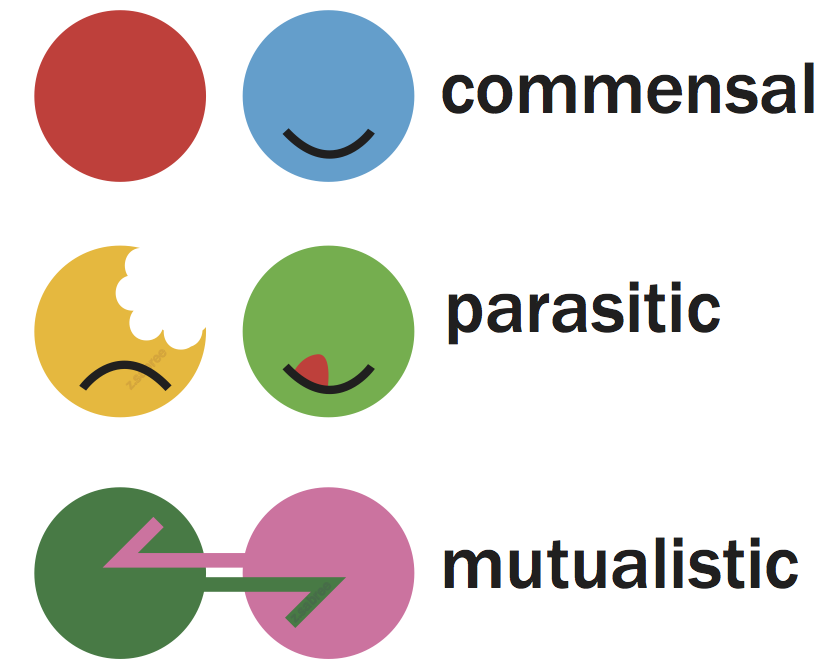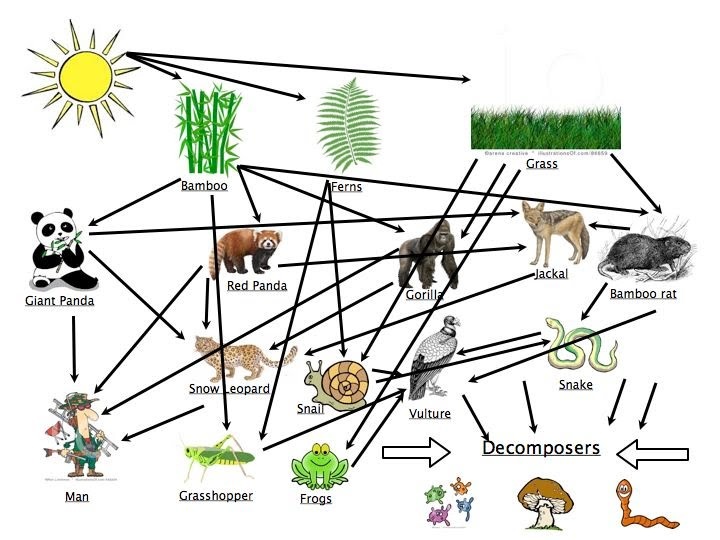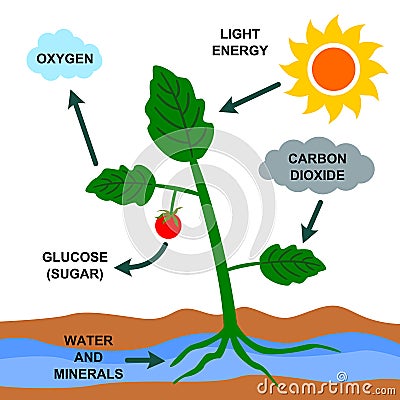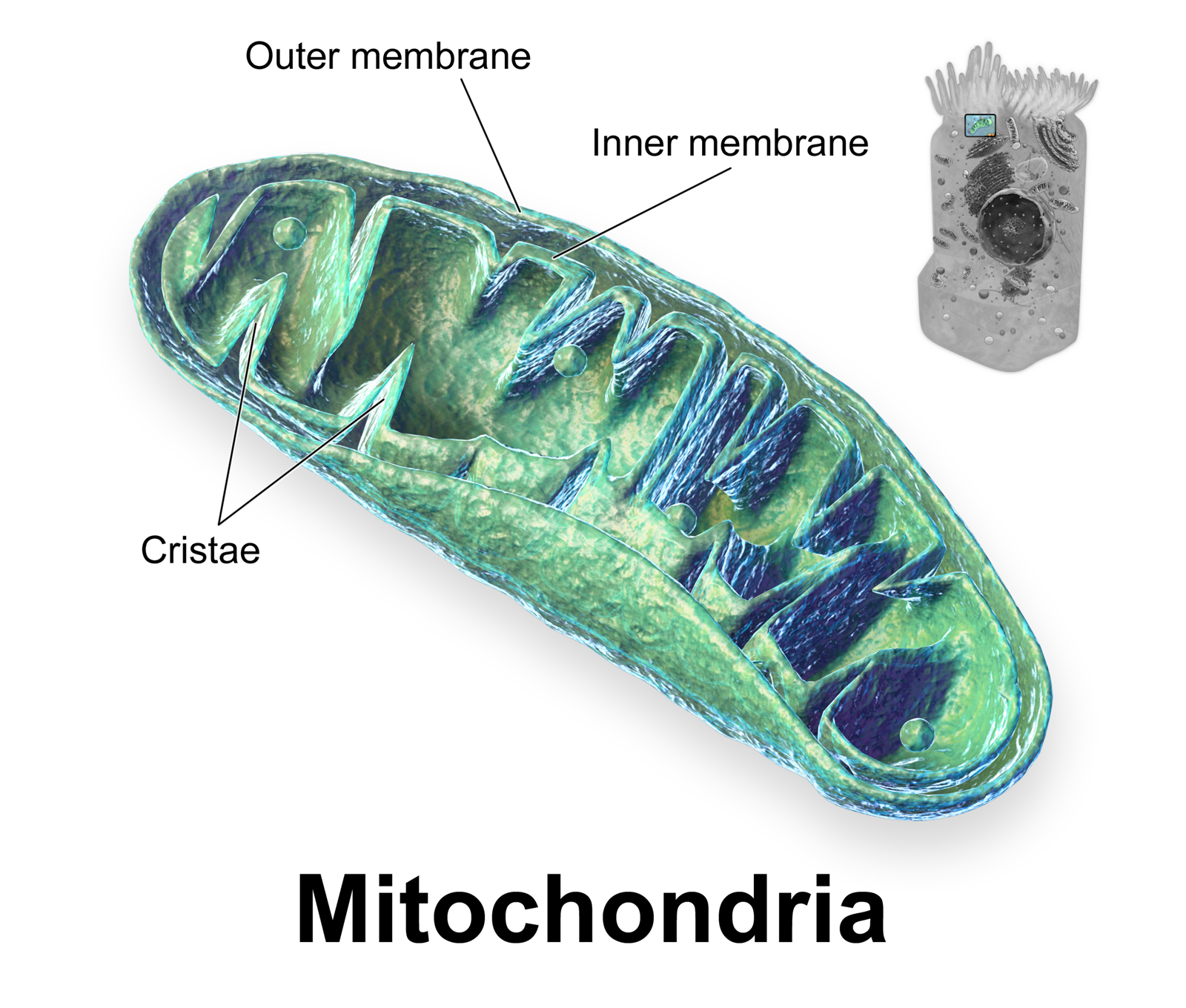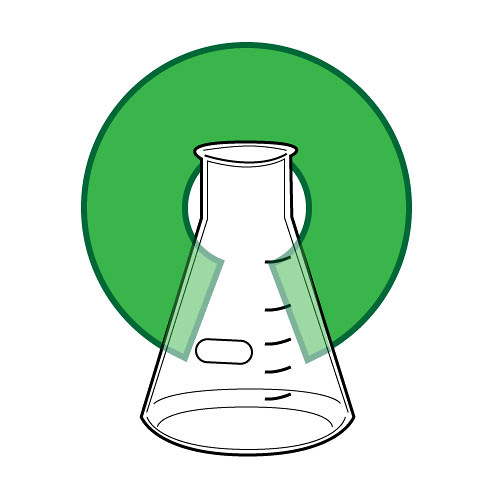| https://tse3.mm.bing.net/th?id=OIP.M1b0a883250218c775511190b0c60207aH0&pid=15.1 |
Summary: This week in class I learned about the carbon footprint for our materials we need to make our stuff that we using for the charity fair. I learned that it depends where your item is made to decide what type transport it has.There are three main factors in the way you have deiced is distance (km) quantity and g of CO2. We also did things in other classes an example would be in social studies we researched about our charity. There was a lot of things we also did in other classes but the is the end of the summary.
Backwards looking to make this it took me through a long process to make. We did a lot of work in different classes and it was very hard to manage all the work I had to do. But in the end I got all the work done and hopefully my charity will get the money.
Inward looking I did not like the fact that it was in 5 of my 6 classes because I had to manage all that work. Another thing that bothered me was the fact that my group was doing different things because we were making different things. The last thing that bothered me was the timing of when we decided to make my muffins.
Outward looking I think i would give this project a B because we still have a lot of thing we need to work on still. The first thing we need to work on is our presenting skills when we presented to people it was kind of awkward. We also need to work on our team work when we presented one person did all the talking and it was different person each time.
Forward looking I would like to improve on my working time because I dragged it out to the last day. There was a lot a lot of work I had to do so I decided to spread things out so I did not get stressed . But in the end I finished Wednesday morning so barley finished.



